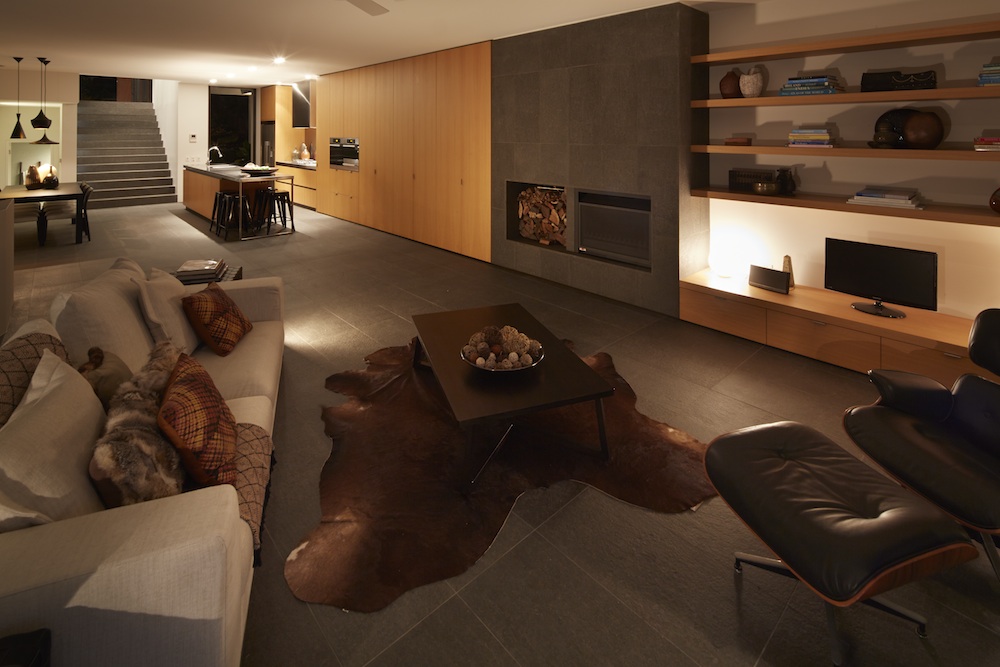Does walkability affect house prices?

Proximity to transport, infrastructure and leisurely amenities should be a key consideration when purchasing a home or an investment property. Tenants look for convenience when applying for a home, which is why investors should pay particular attention to the walkability score of a potential purchase. But what is the true value of a high walkability score? Can it truly affect housing prices? As an investor, it would be common to analyse a property’s value by assessing the building structure, aesthetic appeal and land size, but should we be paying more attention to walkability?
What is a ‘walk score’?
A ‘walk score’ or ‘walkability’, is the measurement of pedestrian access around a neighbourhood, essentially providing an understanding of how easy it is to get around on foot. On a scale of 1 to 100, ideally you’re looking for a location that is above 90 which indicates almost all errands can be done on foot.
Walkability indicates demand
A recent study in Seattle measured the effectiveness of walkability by measuring access to restaurants, schools, stores, transport and so on, and associating it with housing prices. Redfin data showed the median sale price of a home in the markets surveyed rose 0.9 percent, or $3,250 for a one-point increase in walkability between January 2014 and April 2016. The past has shown us that housing prices accelerate even more as the walk score gets closer to 100, implying high demand relative to supply for homes in high scoring city areas.
The closer the better
Most people are looking for a home that is in a convenient location, and being able to walk to work is an additional bonus for many, particularly young professionals. The old saying “location, location, location” has never been more true than it is today. As populations and locations become more dense, and people become more busy and strive for a convenient lifestyle at their fingertips, walkability is now a key priority for buyers.
Walk scores in Australia
Sydney takes the lead with walk scores in Australia, with 29 inner city suburbs exceeding a walk score of 90. Melbourne has a total of 12, and Brisbane is next with 5.
Sydney
- Haymarket – 99
- The Rocks – 98
- Sydney – 98
- Ultimo – 98
- Surry Hills – 97
Melbourne
- Carlton – 97
- Fitzroy – 96
- Fitzroy North – 93
- Melbourne – 93
- St Kilda – 93
Brisbane
- Brisbane – 95
- Fortitude Valley – 94
- Spring Hill – 92
- South Brisbane – 92
- Petrie Terrace – 91
Perth
- Northbridge – 95
- Perth – 89
- Highgate – 87
- East Perth – 87
- West Perth – 87
Adelaide
- Adelaide – 90
- Glenelg – 87
- Stepney – 86
- Norwood – 85
- North Adelaide – 83
Source: Real Estate, 2016, http://www.realestate.com.au/news/how-does-walkability-affect-house-prices/
To discuss how to leverage walkability through your investments, contact CPS Finance today.
